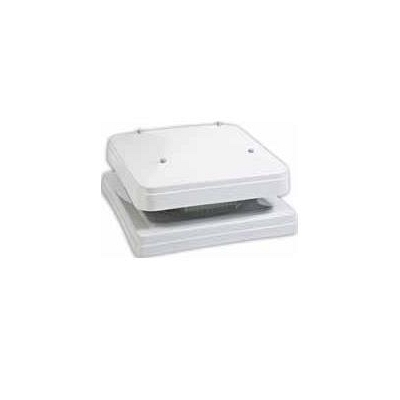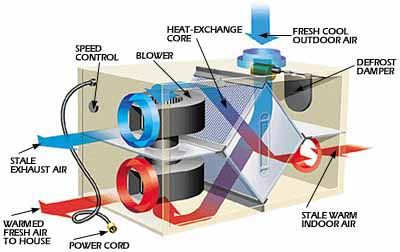I have a bathroom in the loft which need a ceiling mounted extractor fan. I`m struggling to set my mind on what I have to buy and install.
I came across some inline model which seems very powerfull but not sure how this will be installed under the ceiling and how easy would be to replace in the future without taking ceiling down.
I also found the Manrose QF100t heavily regarded for a bathroom. Do you use some patresses/ plywood to hold it up on the ceiling or the plasterboard will take the weight?
Thanks
I came across some inline model which seems very powerfull but not sure how this will be installed under the ceiling and how easy would be to replace in the future without taking ceiling down.
I also found the Manrose QF100t heavily regarded for a bathroom. Do you use some patresses/ plywood to hold it up on the ceiling or the plasterboard will take the weight?
Thanks



.jpg?mode=h)
